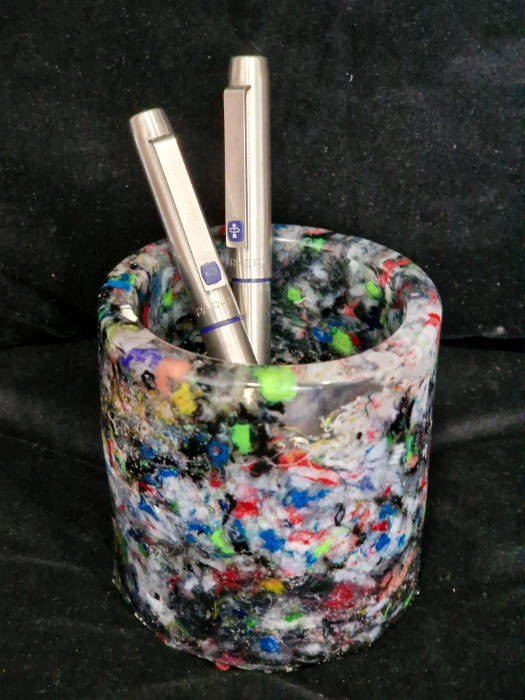We all know that we need to live more sustainably and play our part in helping the environment, but it can be difficult to know where to start, especially when we’re bombarded with so much information online. Read below for our simple guide to helping change the world.
- Try eating less meat
Food, we all love it and we all need it to survive but did you know that that the food we eat has a significant effect on the environment. Most meat bought in the UK is produced in intensive factory farms and when forests are destroyed to produce industrial meat, billions of tonnes of carbon dioxide are released into the atmosphere, accelerating global warming.
So what can we do?
Start by simply eating more veg and plant-based foods, if you don’t feel like you can cut meat out completely try reducing your meat and dairy intake. These simple changes to our food lifestyle can make a huge difference to our environmental footprint.
2. Walk more
Saying goodbye to your favourite form of transport for a few days or forever will make a huge difference to the environment.
‘Did you know? Going car-free for a whole year can take off around 15% from an average Brit’s total annual carbon footprint.’
By ditching the car for walking or cycling, you help the environment whilst also improving your fitness. So we say it’s a win-win.
We are also very lucky that we now have access to EVs (Electric Cars), which means that if you must use transport EV’s allow us to do so, guilt-free.
3. Use less water
If someone was to ask you, how much water do you use daily? Would you have an answer? The average person in the UK uses 141 litres per day of water? Water is an essential part of our daily lives and is needed for almost everything we do; from the laundry, brushing our teeth, to watering plants, and flushing the loo – so cutting down may feel difficult.
However, there are some easy steps everyone can take to help save water, such as shorter showers, making sure dishwashers and washing machines are full and on an eco-setting, turning off the tap whilst brushing your teeth, and many more.
4. Volunteer and use your voice
There are now many organisations, social media pages, and communities that have been created to help make a difference in climate change. These groups of full of like-minded people, who are passionate about helping the environment.
Speaking up, and teaching individuals how we can all help climate change is one of the most powerful things you can do. Talk to your friends, family, teachers and even your local MP. Tell them to commit to action to protect our natural world.
Using social media is one of the most effective ways to get brands to listen, so speak up and make your voice heard.
Volunteering in peaceful protects or city litter clean-ups, are also some great examples of things you can physically do to help. 9 billion tonnes of rubbish finds its way into the sea every year, which is unacceptable and means we all must play our part in lowering this number.
5. Reduce and Recycle your clothing
At ‘Roberts Recycling’ we are of course very passionate about encouraging people to recycle their clothing, it’s in our motto, and it’s what we love to do. Reducing the amount of stuff we buy is the best first step we can take in this process. All the ‘stuff’ in the world has a carbon footprint for it to be produced, so the less new stuff we buy, the smaller our impact. Asking yourself the question ‘do I really need this? Will help the process easier for you.
Recycling sounds straight forward but so many people still get it wrong because the recycling rules differ from council to council or organisation to organisation in the UK. Here at Roberts Recycling, our primary aim is to divert waste from landfills, but we also pride ourselves on supplying affordable clothing to poorer parts of the world outside of the UK.
We offer several different ways for you to donate your clothing. Whether you are a school, organisation, business, or a family who wants to get involved we can help you do exactly that. See how here.
It’s now time for you to take your first steps in helping stop climate change and we’d like to hope that at least one of the tips above can help you in this process.







